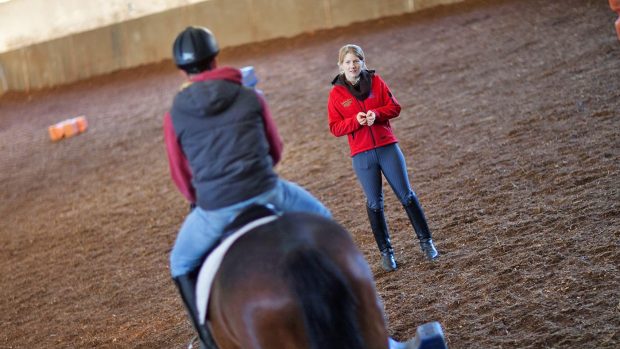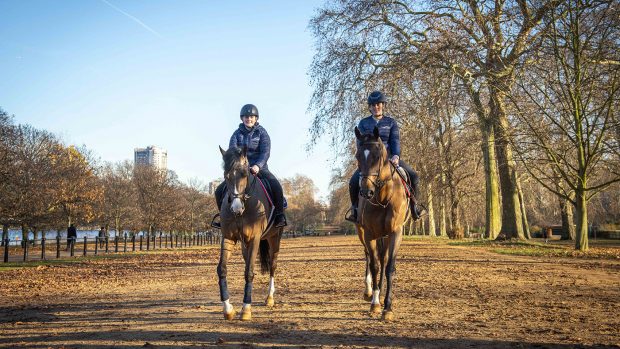David Kearney is a teaching professional and mentor to many professional and amateur golfers, as well as being a showjumper’s cousin. He gave a talk at the International Eventing Forum (1 February 2016) at Hartpury on the five important essentials of “The helpful coach”.
1. Values and vision
A strong coach must have a vision of what good looks like. And an athlete at whatever level must have a vision of where they want to go. It’s important an athlete finds a coach who aligns with their values.
A way of looking at this is in this statement: “I want to do this (vision) and I want do to it like this (values).”
If you are running a programme — or a yard — the people in it have to sign up to your values and vision, or it’s better for them to move on. In a high performance programme, the coaches and athletes write the vision and values together and talk about them often.
2. Interest
Clearly define what the interest levels are around the coaching space and work out where the interest lies. 80% of motivation comes from interest. Don’t assume interest or disinterest in relationships. It’s really important we don’t push away from interest. There are many ways to do lots of sports, so put your interest to the front.
Continued below…

8 things your trainer will never tell you, but you really need to know
If you want to establish the best possible relationship with your trainer, here are some useful tips to help
3. Autonomy
As a coach you have to get the athletes to buy-in and allow people to make mistakes. Athletes should be involved in the decisions a coach makes. You may feel that as a coach you need to tell people what to do, but by doing this you are preventing the athlete from making decisions. Allow the athlete to have a choice from early on. Teaching isn’t telling, listening isn’t learning. Get the athlete to reflect on what went wrong and why. Was it controllable? Would you do it differently next time? Me coming up with the answers has a short-term effect; if the athlete comes up with the answers you open Pandora’s Box. Allowing autonomy is harder with your own children because you want to do it for them.
4. ‘Get adolescents’
Successful coaches “get” (or understand) adolescents. Most people tend to forget that they were once there too. Understand that they are not just winding us up. Studies have shown that adolescents’ melatonin (sleep hormone) actually kicks in later in the evenings than adults’, which is why they don’t want to go to bed, but are then tired in the mornings as they have not had enough sleep. Let teenagers decide what time to go to bed and what time coaching starts and that you both understand the phrase: “It’s your career, not mine.” Telling them what to do only works in the short-term. Empowering them to make decisions is easier long-term. If athletes skip practice, return to the vision and values. Look after young people — it’s not as easy as you think it is for them a lot of the time.
5. Perspective
Are you coaching the whole person or just the performance? Understand the difference between excellence and obsession. We’re not long (keen) on obsession. You should balance technical coaching with the ability to coach the whole person. In a coaching persona, I might be aggressive towards performance, towards the controllables. But also, let it happen. You can push too hard.



